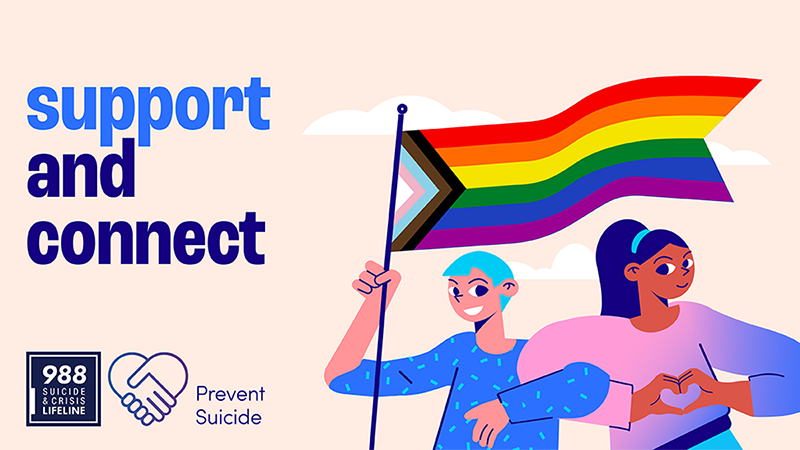At a glance
There are many suicide prevention resources available for public health professionals. View resources for suicide prevention from CDC and other federal sources.

2024 National Strategy for Suicide Prevention

View the 2024 National Strategy for Suicide Prevention
CDC partnered with the Substance Abuse and Mental Health Services Administration (SAMHSA) and other federal agencies to create the 2024 National Strategy for Suicide Prevention and the Federal Action Plan. This strategy provides a roadmap for tackling the ongoing public health crisis of suicide.
CDC resources
Suicide cluster graphics
View more information about suicide clusters
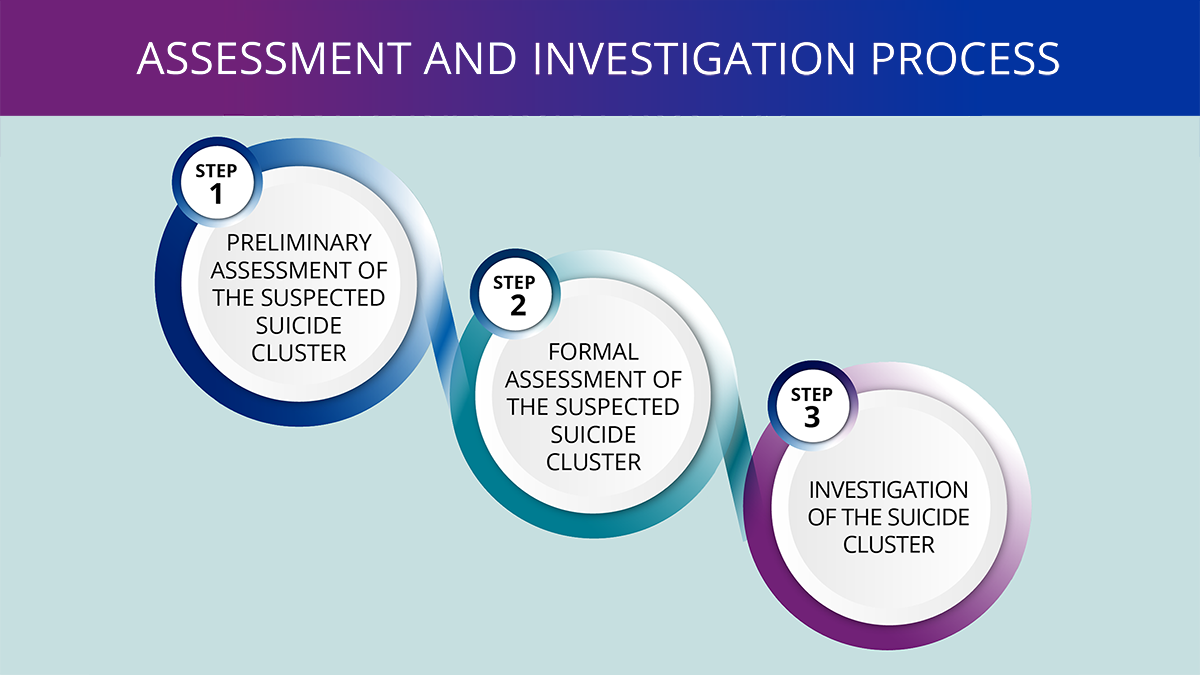
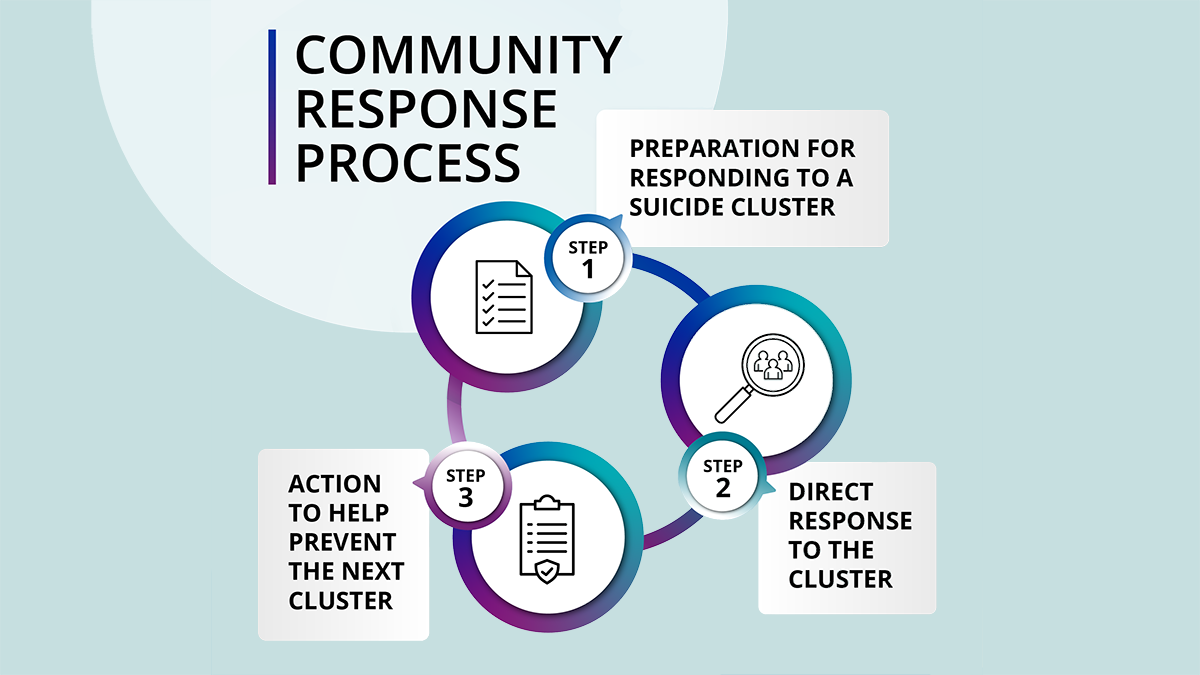
988 Suicide & Crisis Lifeline
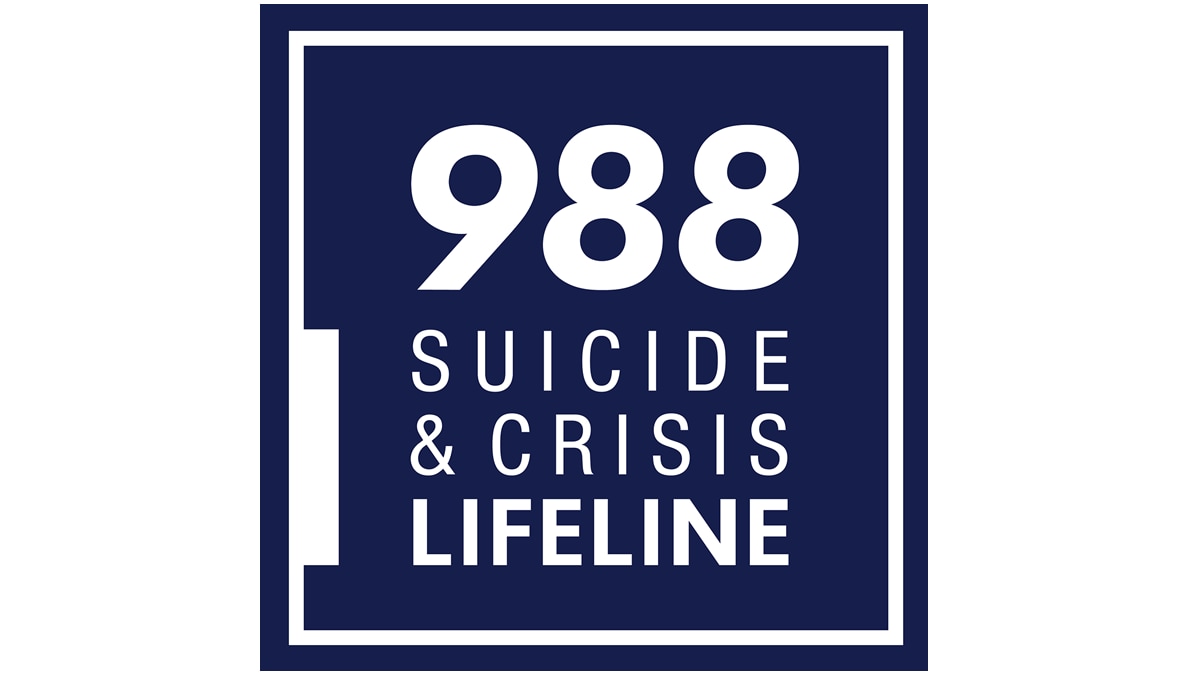
The 988 Lifeline provides 24/7, free and confidential support for people in distress, prevention and crisis resources for you or your loved ones, and best practices for professionals in the United States.
- Call or text 988
- Chat at 988lifeline.org
Connect with a trained crisis counselor. 988 is confidential, free, and available 24/7/365.
Prevention assessment tools
SPACECAT

The Suicide, Overdose, and Adverse Childhood Experiences Prevention Capacity Assessment Tool (SPACECAT) helps local, state, and territorial health agencies better understand their capacity to address suicide, overdose, and adverse childhood experiences (ACEs). Prevention of these health issues involves cross-sector collaboration targeting factors at the individual, relationship, community, and societal levels.
NACCHO Suicide, Overdose, and Adverse Childhood Experiences Toolkit
The National Association of County and City Health Officials' (NACCHO) Suicide, Overdose, and Adverse Childhood Experiences Toolkit aims to help local health departments (LHDs) translate data from their Suicide, Overdose, and Adverse Childhood Experiences Prevention Capacity Assessment Tool (known as SPACECAT) results into public health action.
It provides information and guidance on how to start strengthening LHD capacity to address the intersection of suicide, overdose, and ACEs prevention.
Action Alliance: Transforming Communities
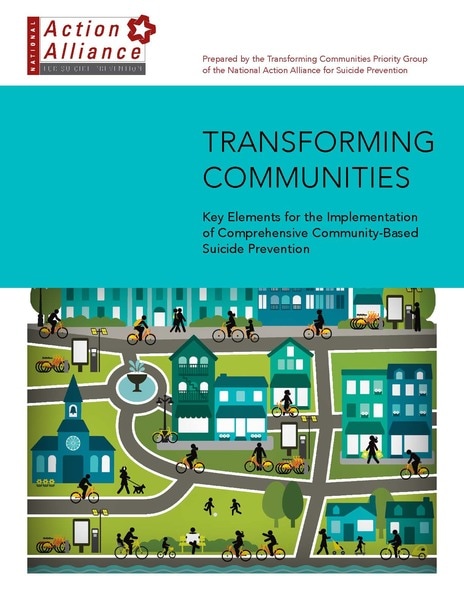
This resource presents seven key elements for comprehensive community-based suicide prevention, all aimed at helping communities create policies, programs, and services that reduce suicide and improve individual, family, and community health.
Community-Led Suicide Prevention
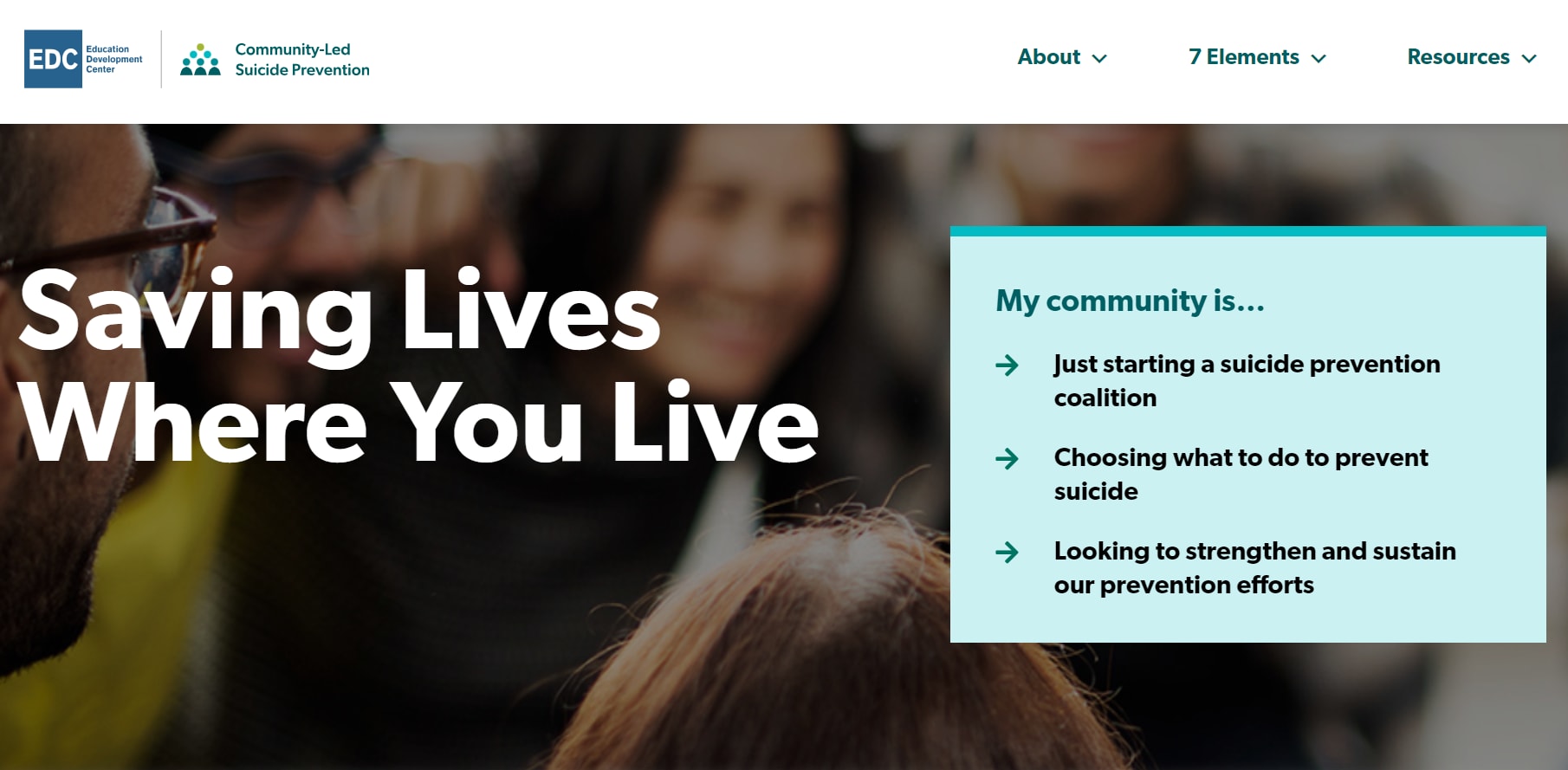
View the Community-Led Suicide Prevention toolkit
Community-Led Suicide Prevention is a project of Education Development Center (EDC). Community-Led Suicide Prevention helps communities come together to create and reach their suicide prevention goals. This web toolkit provides step-by-step information, how-to tools, interactive training, and tailored coaching to support communities in achieving comprehensive suicide prevention.
Rapid response training
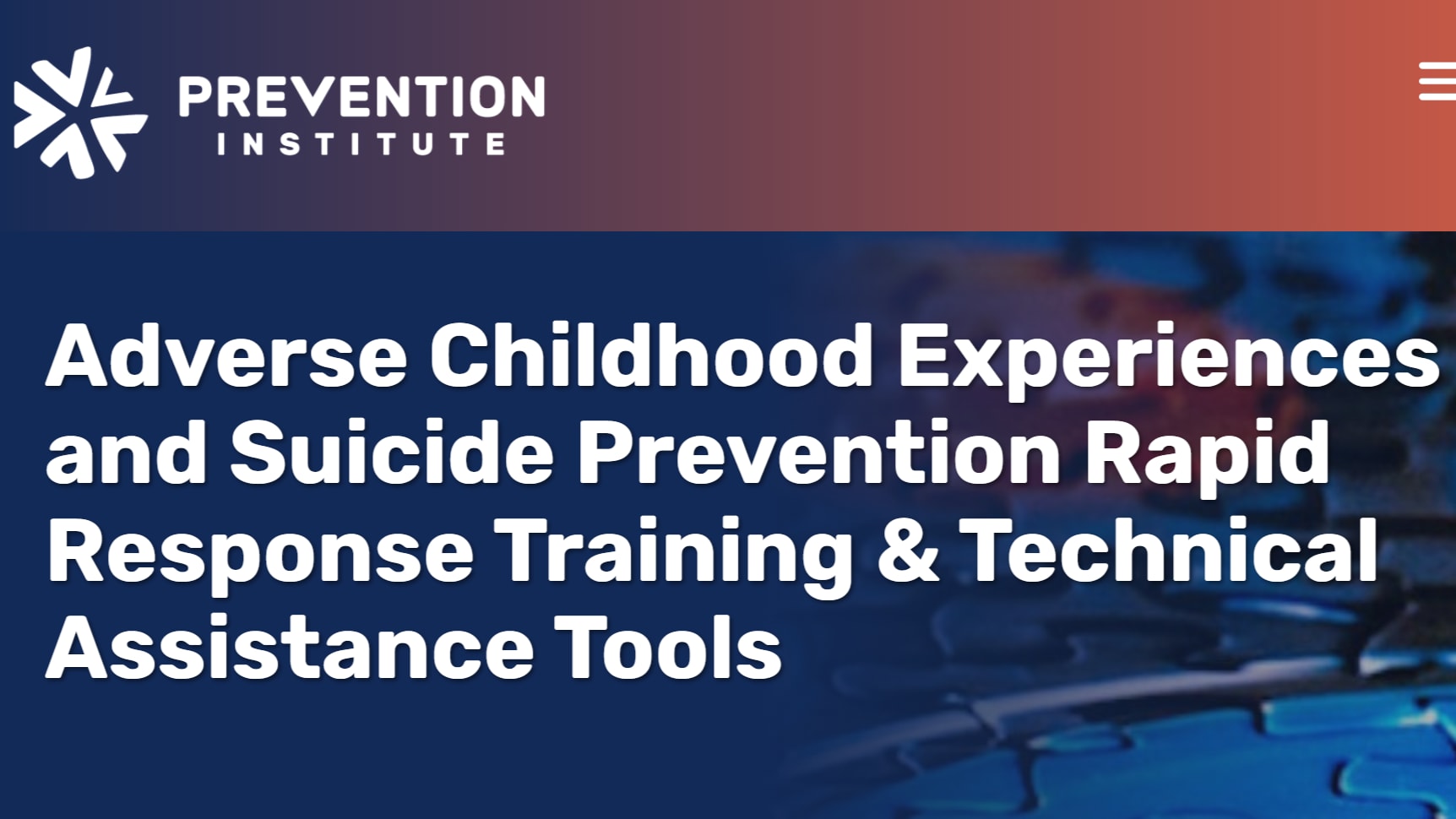
View rapid response training and tools
These trainings focus on how to compile, tailor, and rapidly disseminate suicide and ACEs prevention interventions. Modules highlight strategies that 1) have been adapted for a shelter-in-place/infrastructure disruption context, and 2) are responsive to populations most at risk and most impacted by the stress, anxiety, social isolation, loss and grief brought about and exacerbated by the pandemic.
Veteran suicide prevention

To help veteran-serving organizations (VSOs) better evaluate the effectiveness of their suicide prevention programs, the CDC Foundation was awarded a federal grant to work on the Veteran Suicide Prevention: Evaluation Demonstration (VSPE) Project in partnership with the CDC's National Center for Injury Prevention and Control.
Veteran Suicide Prevention Program Evaluation Toolkit (VSPE Toolkit)
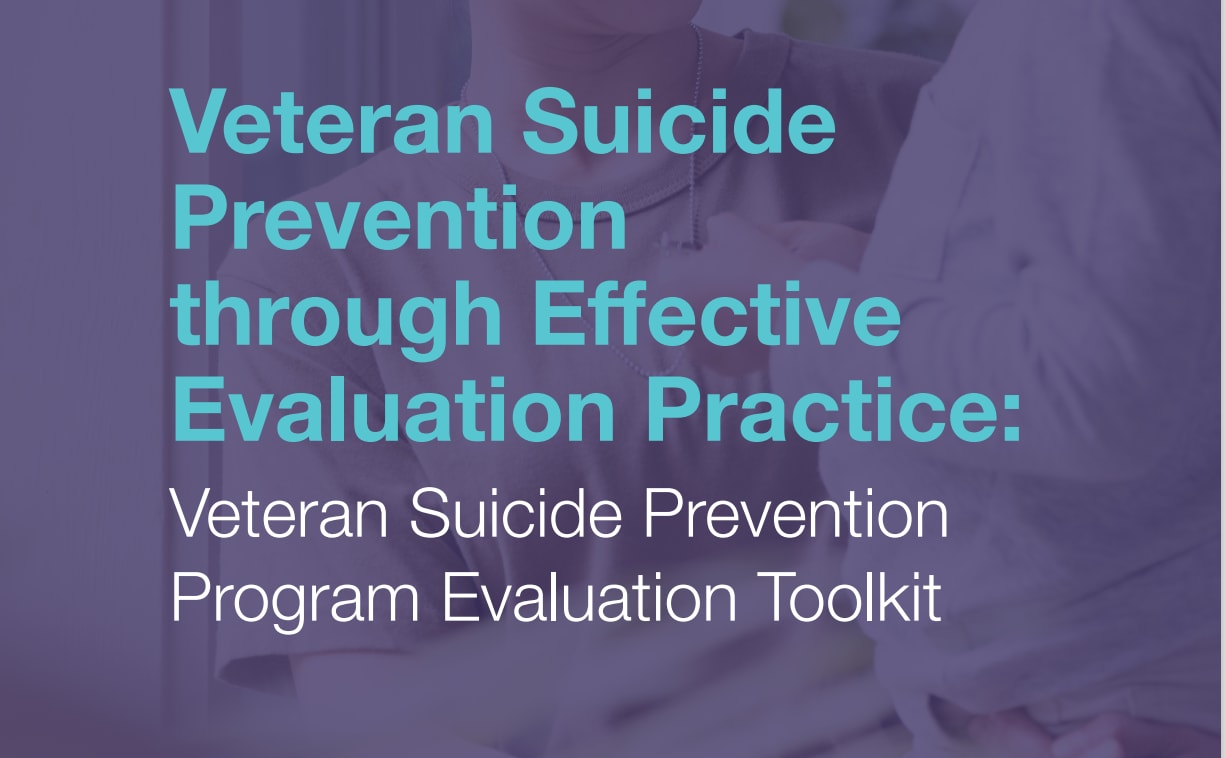
At the culmination of the six-year Veteran Suicide Prevention Evaluation demonstration project, the CDC Foundation and the Centers for Disease Control and Prevention (CDC) are pleased to launch the Veteran Suicide Prevention through Effective Evaluation Practice: Veteran Suicide Prevention Program Evaluation Toolkit (VSPE Toolkit). This toolkit is to be used to develop and implement evaluation plans for public health programs, particularly for upstream suicide prevention strategies. The VSPE Toolkit is based on the CDC Framework for Program Evaluation in Public Health and provides VSOs with usable content on formative and process program evaluation of upstream veteran suicide prevention programs. The toolkit also has an accompanying document called the VSPE Workbook, which includes worksheets relevant to each toolkit section and two VSO case example evaluation projects. It is recommended to use the toolkit sequentially to work through each section and related worksheet, but any toolkit component can be used as needed.
Indigenous Evaluation Toolkit
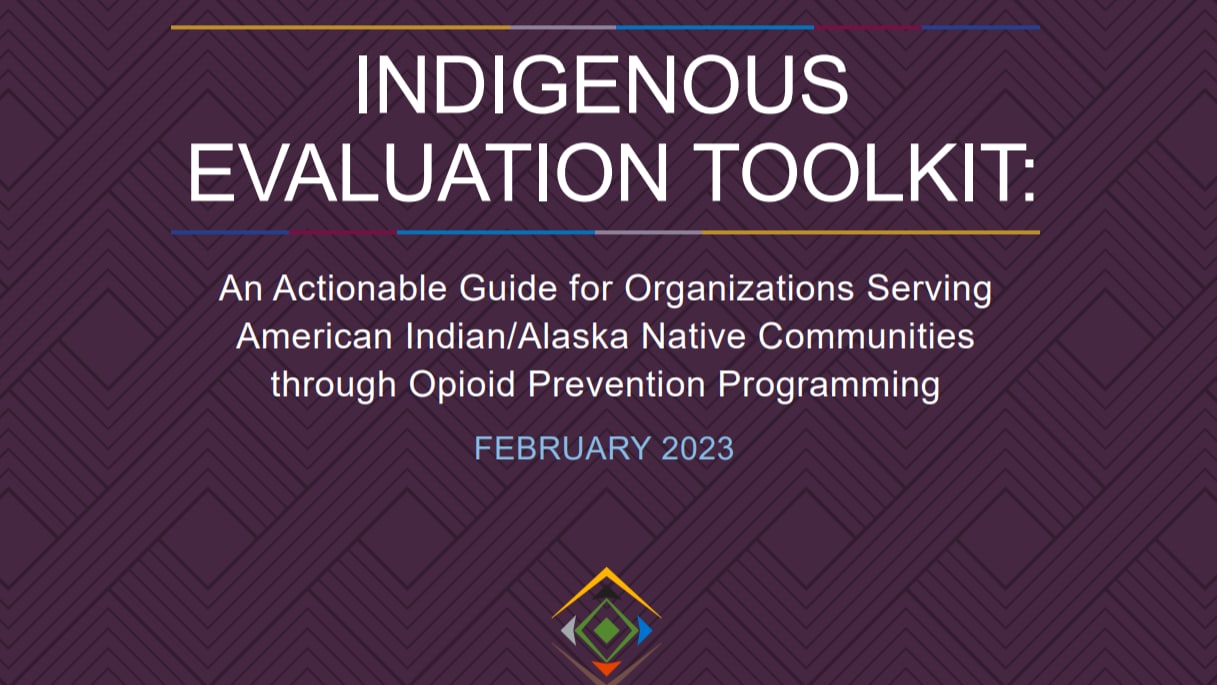
Seven Directions, with the support of the Centers for Disease Control & Prevention and the National Network of Public Health Institutes, has produced an Indigenous Evaluation Toolkit. This Toolkit provides step-by-step guidance, worksheets and concrete examples to support communities looking to Indigenize and decolonize their program evaluation. Download the full Toolkit or fillable PDF versions of the activity worksheets.
Suicide Indicator Explorer
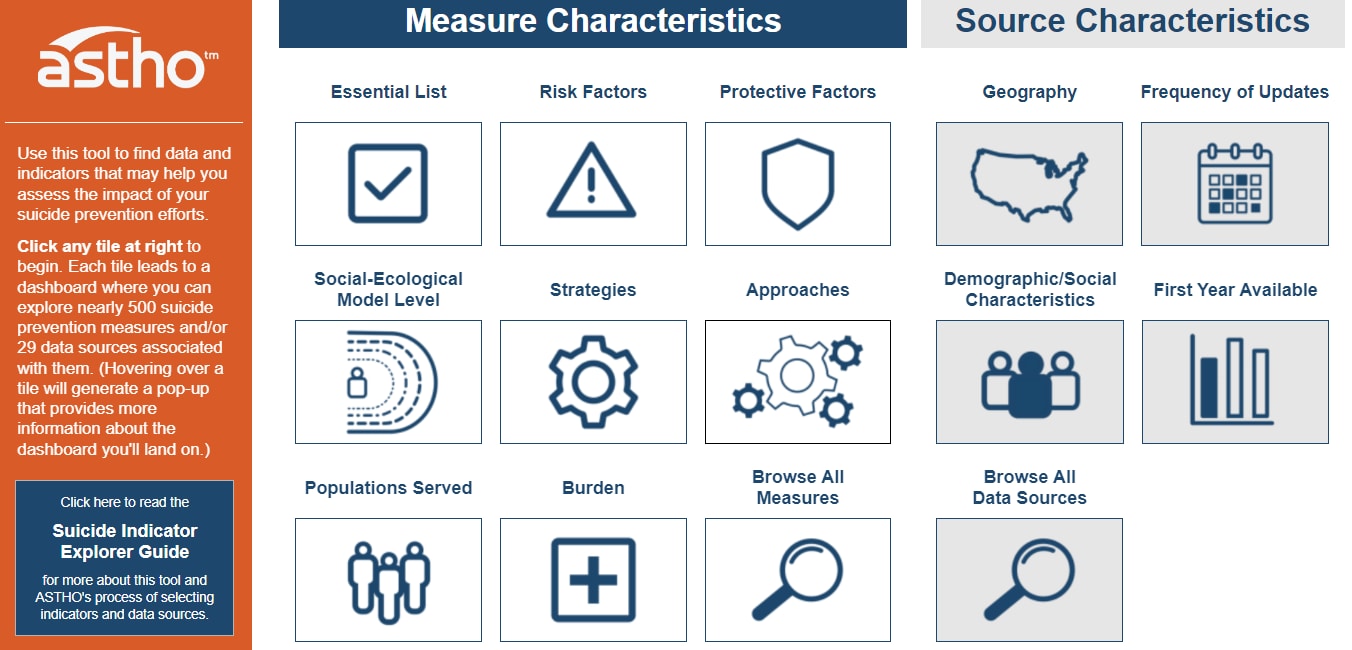
Association of State and Territorial Health Officials (ASTHO), in coordination with CDC, developed the Suicide Indicator Explorer (Explorer), visual tool that compiles data to assist health agencies in identifying measures for their suicide prevention programs. The Explorer can be used to determine suicide burden, patterns of risk and protective factors for suicide, data-driven prevention strategies that align with CDC's Suicide Prevention Resource for Action, data for evaluating programs, and disproportionately affected populations. Read the complementary guide to learn more about the Explorer's methods, capabilities, and examples.
Disproportionately affected populations
Data Sources and Strategies for Suicide Prevention Among Disproportionately Affected Populations
High-quality data and targeted resources are crucial to identifying suicide-related inequities and prevention strategies. While anyone can experience suicide risk, certain demographics have higher rates of suicide or suicide attempts than the general U.S. population, known as disproportionately affected populations. Learn more about effective strategies and solutions for disproportionately affected populations in this new resource.
Community partnerships video
Watch video: Community Partnerships to Prevent Suicide, Overdose, and Adverse Childhood Experiences
Suicide, overdose, and adverse childhood experiences (ACEs) are three urgent, preventable, and connected public health issues. Learn how the National Association of County and City Health Officials (NACCHO) and Education Development Center (EDC), with support from the Centers for Disease Control and Prevention, are helping local health departments and their communities adapt a community-led suicide prevention framework to focus prevention efforts on the intersection of suicide, overdose, and ACEs.
Funding opportunities
Injury Center Notice of Funding Opportunity Announcements (NOFOs)
CDC's National Center for Injury Prevention and Control's web page contains information about funding opportunity announcements.


